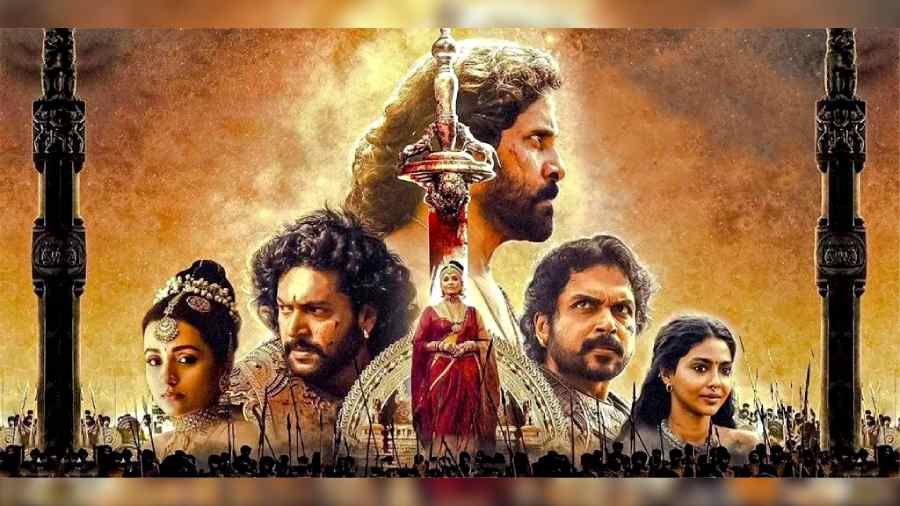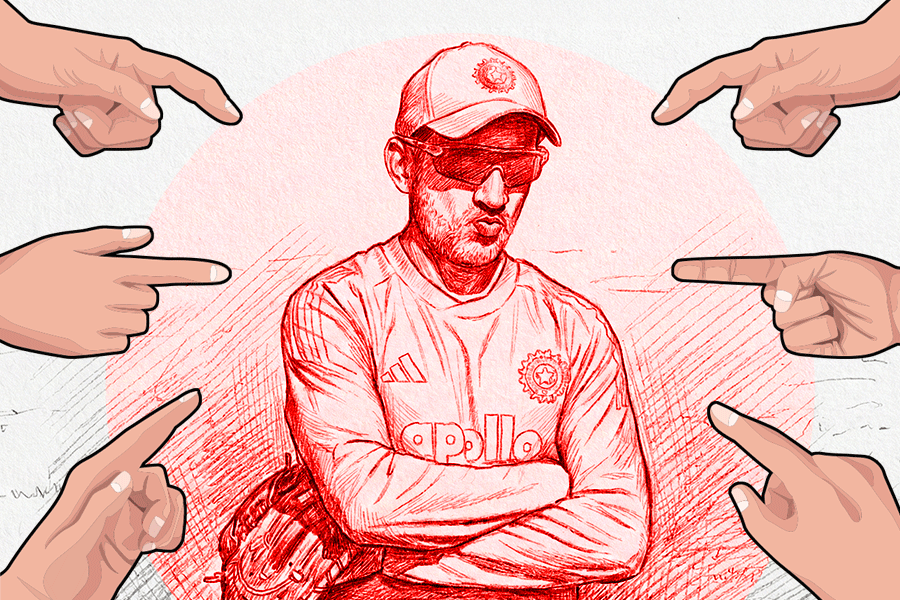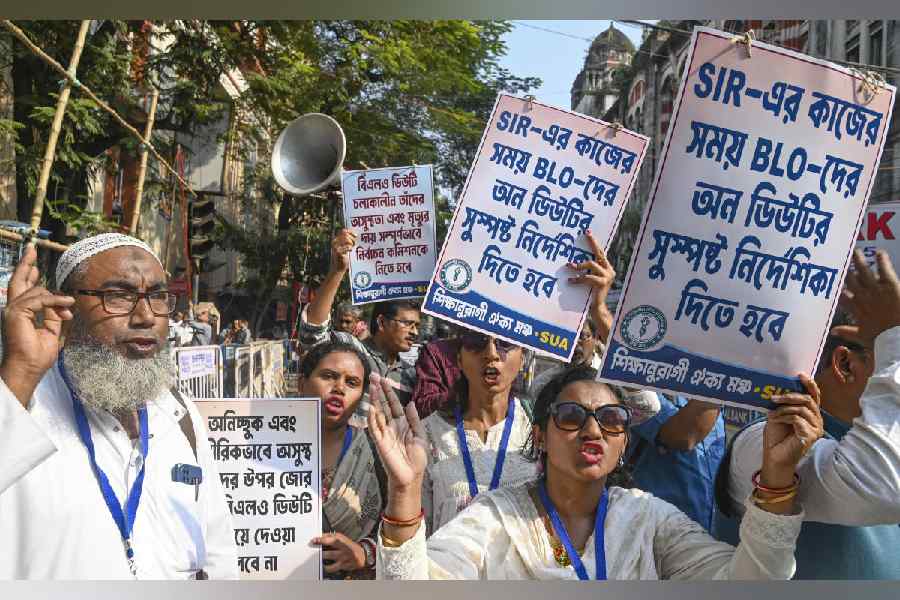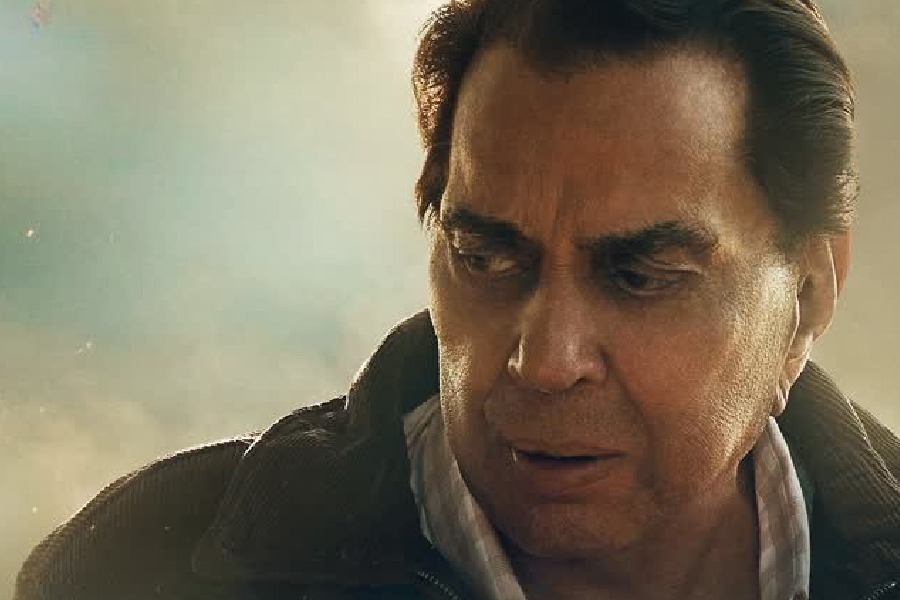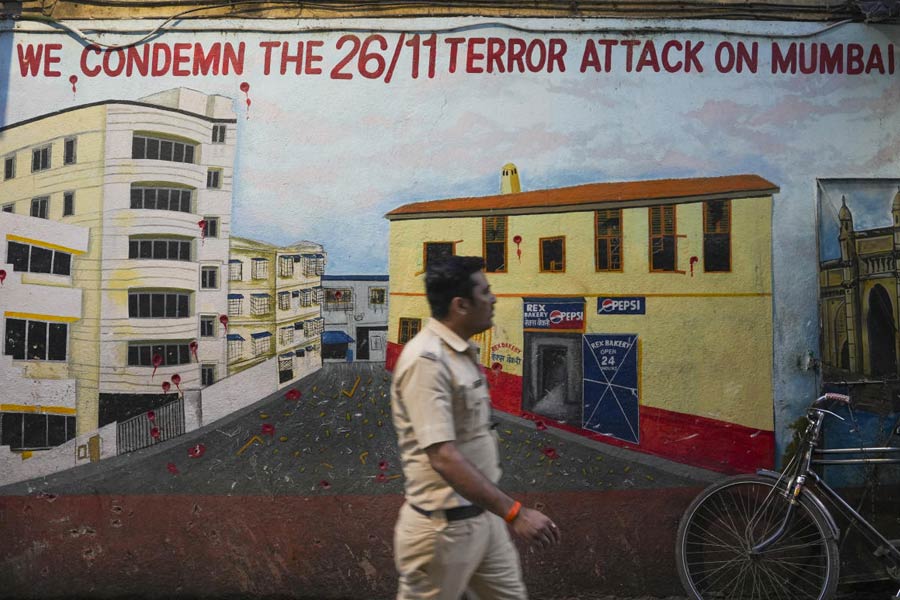For its ambition alone of condensing an epic text of 2,500 pages into a 300-page screenplay and subsequently into a two-part film, Ponniyin Selvan — whose first film was released in October last year — deserves both attention and appreciation. And, undoubtedly, even more.
Bringing this celebrated literary epic to life — Kalki Krishnamurthy’s Ponniyin Selvan is indisputably considered the greatest text ever in Tamil literature — has been attempted by many a film-maker over the decades, with the project finally coming to fruition in the hands of Mani Ratnam. Ponniyin Selvan has been a pilgrimage of sorts for Ratnam himself for many decades, with the auteur first nursing the ambition of converting an epic text to an epic screen journey as early as the early ’90s.
The first film — which brought together multiple characters and myriad threads to weave a compelling, if slow-burn, tale of revenge, betrayal, love won and lost and palace intrigue — ended on a cliffhanger. While the question at the end of PS-1 may not even come close to the gold standard of cliffhangers — “Katappa ne Bahubali ko kyon maara?” — there is no arguing that watching Aishwarya Rai Bachchan’s Nandini emerge from the shadows and take centre stage as conspirator-inchief, even as a lookalike (named Mandakini/Oomai Rani) was seen battling the choppy waters to rescue Ponniyin Selvan (Jayam Ravi), set up the already twisty story deliciously for a Part Two outing, which, six months after the first film, has come in with the promise of building on the worldbuilding of PS-1.
PS-2 operates within the same tenets and themes of the first film, narratively unfolding as perhaps the slowest of slow-burn stories. Even though Ratnam had set up the men, women and their motivations and modus operandi in Part One pretty elaborately, he doesn’t tinker with the tempo of the second film, allowing it to unfold at its own pace.
At the end of the first film, we encountered Ponniyin Selvan and Vandiyadevan (Karthi) presumed to be dead, with the news relayed to Sundara Chozhar, Kundavai and Aditha Karikalan (Chiyaan Vikram) who are all devastated. Vowing to avenge his brother’s apparent death, Aditha Karikalan heads to Thanjavur to destroy Nandini (Aishwarya Rai Bachchan) while the aforementioned scene of Oomai Rani, a lookalike of Nandini, plays out as she swims in the sea to rescue Ponniyin Selvan.
Part 2 takes its time to circle back to the end of the first film. What we do get very early on is a scene between a young Aditha Karikalan and a young Nandini that, at the outset, reveals the romantic relationship they once shared, and which not only forms the basis for their contentious equation in the present but also acts as a pivot of sorts for the drama (and deception) that takes place in the film. As the film proceeds, a whirlwind of emotions unfolds in the equation between the two, with their heartbreak as well as heartburn being given the full-fledged arc that it deserves. Aishwarya, without a doubt, has the author-backed role, and like in her other Mani Ratnam collaborations — Iruvar, Guru and even the less-admired Raavanan — she delivers a nuanced and brave performance.
Beauty forms a large part of PS-2, much like the first film. There is grandeur, not only in its setting but also in its storytelling. Ratnam — aided in large part by his always dependable foot soldiers: A.R. Rahman’s at once rousing and soothing score; Ravi Varman’s sweeping cinematography; the deliberately sometimes slowsometimes pacy editing by A. Sreekar Prasad; Thotta Tharani’s exquisite art design — lends scale and substance to his epic retelling. One major tick mark for PS-2 is that it manages to humanise its characters, allowing us to look deep into their souls and recognise their vulnerabilities, even as he treats them as the larger-than-life personalities that they are. The film constantly reminds us that the pull and push for power may be at the heart of the story, but it’s the deeply personal matters of the heart that dictates where its characters and circumstances ultimately land. The bigness of emotions and the complexity of equations, contrary to PS-1 where spectacle and extravagant worldbuilding ruled, define PS-2.
This is why some of the most memorable moments of the film are not an epic battle scene or a lofty, visceral monologue, but a deeply intimate one where three siblings meet, with Rahman’s melancholic notes elevating it much more. It’s a tricky tightrope to walk on for any film-maker, but Ratnam achieves it with both flair and finesse, further illustrating why he is, without a doubt, one of the finest film-makers of our times.

